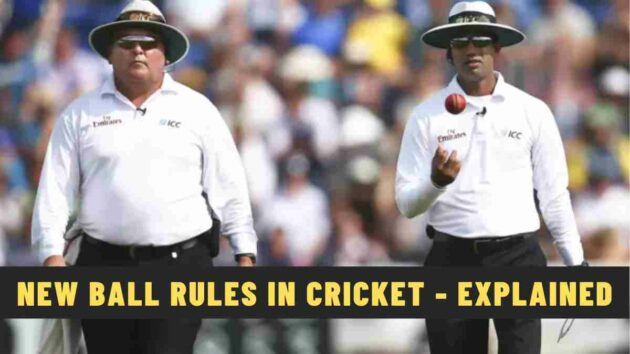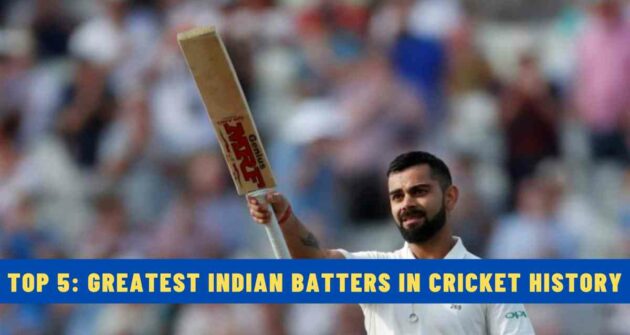‘’The Gentleman’s Game” has witnessed changes like never before over the last few years, and ever since the T20 format was introduced, the game has looked all the more exciting.
The game has witnessed changes in its rules, and one such rule is a new ball rule, which has added a lot more excitement as it is an advantage for both the fielding and batting teams depending on the wickets, conditions, and match situation.
Table of Contents
Meaning of a New Ball in Cricket
When the match starts or a new innings begins, the fielding side is given a brand new ball to start with. The fielding teams try to shine one side of the ball to get the required swing and movement.
The fielding teams try to shine the ball, especially on wickets and conditions that aid swing and movement. In overcast conditions, the method of shining the ball is advantageous for the bowling side.
New Ball Rules in Test Cricket
The captain of the fielding team can decide if the new ball needs to be taken as per MCC’s Law 4.4, but there is one criterion.
Only after the fielding team has bowled 80 overs the fielding team captain can decide on the option of taking the new ball. The ball that is in use might be reverse-swinging, which is why it is used until the 80th over.
If the batting team keeps on scoring runs easily, then the second new ball will be available after another 80 overs are bowled, which means after 160 overs are completed.
During the India vs. England Test match in Chennai in 2021, England batted first after winning the toss. They batted for 190 overs. Indian skipper Virat Kohli opted for a new ball in the 81st over, but for another 105 overs, Kohli didn’t opt for another new ball and opted for a new ball after the 186th over was completed.
The bowling team can change the ball before the 80th over if the ball is lost or if the ball has lost its shape. If the fielding team thinks the ball has lost its shape, it is on the umpire to check the shape with the metal hoop.
If the ball can’t pass through the metal hoop, then the third umpire can send a set of balls and the fielding team can select a ball similar to the one they used earlier whose shape has changed.
If a batter hits a six and the ball is lost, then the fielding team can select a ball that is 35 overs old and not a new one, but this ball can also be selected after 80 overs are bowled.
New Ball Rules in ODI Cricket
In the ODI format, 2 new balls are used alternatively from both ends. Earlier, only one ball was used for the entire 50 overs, but in 2011, the decision to use 2 new balls was taken as white balls tend to get worn off and dirty.
Current rules state that 2 balls are used per innings, each ball can be changed after 25 overs, and 4 balls are used in the entire game.
New Ball Rules in T20 Cricket
Due to the short format, the ball doesn’t get worn off, so only one ball is used per inning, which means two balls are used in the entire T20 game. If the batter hits a six and the ball is lost, then only the ball can be changed.
Read Next | Powerplays in T20Is – Explained











